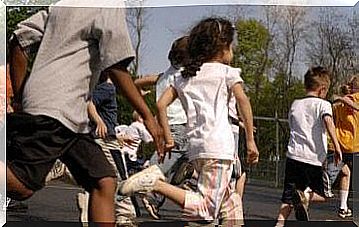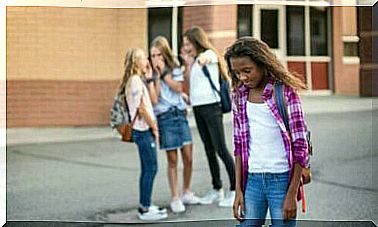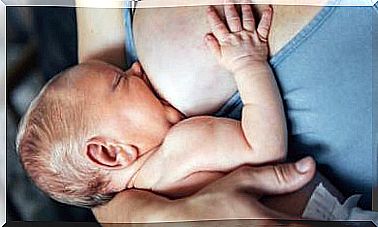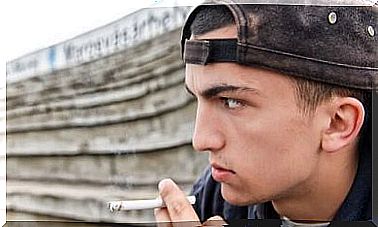Lazy Eye In Children: Causes And Symptoms – You Are Mom
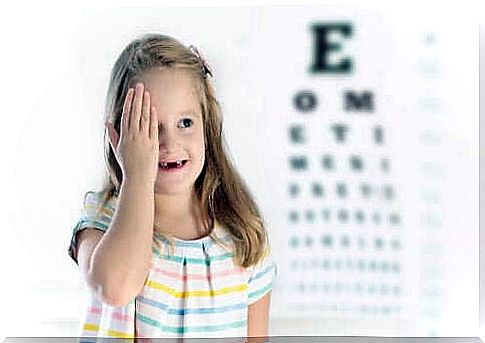
Lazy eye in children is a visual impairment also called amblyopia. Its main characteristic is that one eye works less than the other for lack of visual stimulation.
What is this difference due to? Usually due to another basic condition that causes the two eyes to present distinct images to the brain, which is confusing. We can then say that the brain, in order not to get confused, favors one image and eliminates the other.
In these cases, the brain adopts a ‘preferred eye’ which develops normal vision. The other eye, the one which proposed the eliminated image, is then out of step and loses partial or total vision.
Other characteristics
Lazy eye in children usually affects one of the eyes, although it can also affect both. In addition, it is one of the most common causes of poor vision in childhood. Between 1% and 4% of children are affected.
It should be remembered that the vision of the lazy eye cannot be recovered 100% with the use of glasses. Indeed, it is one of the peculiarities that allows to differentiate the lazy eye from other anomalies.
Causes of lazy eye in children
This pathology can have its origin in three ophthalmological alterations:
- Strabismus: This is an alteration that affects the muscles responsible for helping the eye move to focus on objects. Since they are not well coordinated, the eyes point in different directions.
- Anisometropia: This is an anomaly that highlights a difference in the clarity with which each eye focuses. If this difference is very important, the brain chooses the clearest vision and eliminates the image proposed by the other eye. Within this group of alterations, we find myopia, hyperopia and astigmatism.
- Cataract: this is the name given to turbidity of the lens – the natural lens of the eye -. This produces blurred vision, as if looking through a misted glass.
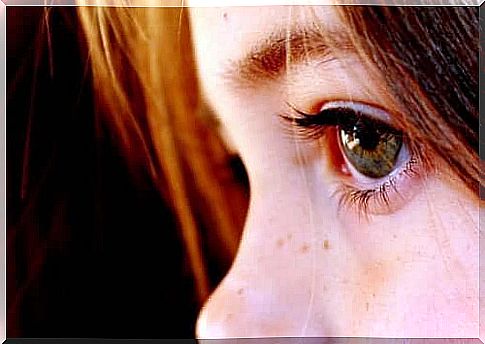
As we have just seen, in these three types of pathologies, it can happen that the brain chooses one of the eyes, the one that sees best, as its ‘favorite’ and leaves the other aside. From then on, it becomes unused and deprived of the visual experience.
This possibility causes a delay in the development of visual function of the neglected eye. The more vision is used, the greater the likelihood of better visual functioning. Otherwise, the brain prevents the lazy eye from developing.
Symptoms
Sometimes the signs of lazy eye in children are not easily seen. Therefore, here is a list of clues to pay particular attention to:
- The child comes very close to the paper to read, write or draw.
- He blinks or squints, as if trying to focus.
- He constantly rubs his eyes.
- It is difficult for him to see in the dark.
- One eye is deviated.
- The child suffers from headaches.
- He has red or watery eyes.
- He watches the blackboard or the television from the side.
- Sometimes he says he ‘sees blurry’.
- There may be a whitish spot on the pupil.
“The main characteristic of this disease is that one eye works less than the other for lack of visual stimulation”
Why is it important to treat lazy eye in children?
It is essential to diagnose and treat this condition in young children for the following reasons:
- So that the ‘lazy eye’ does not develop a serious chronic abnormality.
- It is important that the child can see in three dimensions – perception of depth. Therefore, he needs good vision for both eyes.
- This symptom should be detected at an early age, preferably before the age of five, so that the child achieves the greatest possible visual acuity. Remember that before this age, the visual cortex adapts better to visual stimuli from the environment.
- The younger the child, the faster his vision will recover. As in many other pathologies, early diagnosis is the key to a rapid return to normalcy.
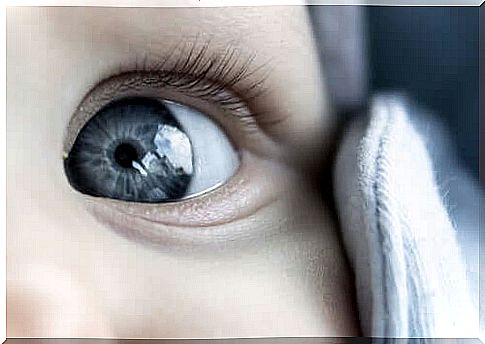
Treatment: how to make the ‘lazy eye’ work?
It is relatively easy and quick to recover the visual potential of this eye. A method called optical penalization is generally used. It consists in putting the eye which sees well at rest so that the weak eye makes an effort to see.
The most common way to achieve the desired effect is to use a patch that covers the strong eye. This patch allows the ‘weak eye’ to exercise for several hours a day. Dilating drops as well as graduated glasses are also helpful in achieving this goal.


